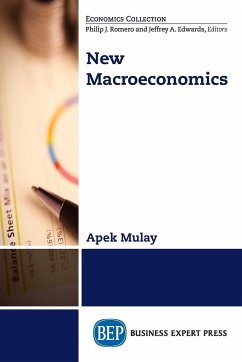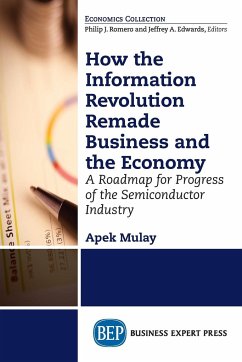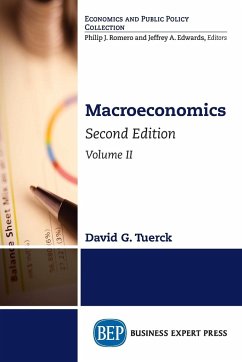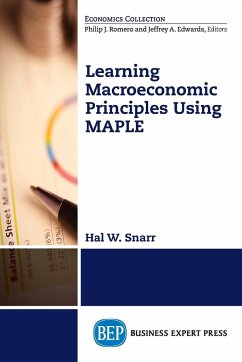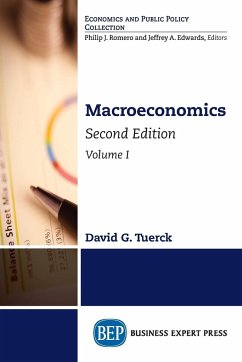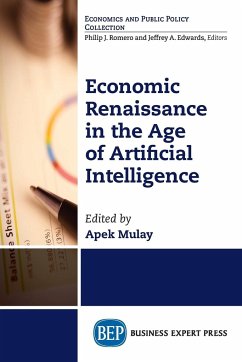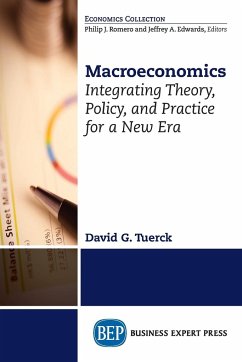According to the National Bureau of Economic Research (NBER), a deep recession started in the United States in December 2007 and ended in June 2009. However, most people recognize that even though the recession was said to be over, its after-effects lingered well into the next decade, and even in 2017, some ten years later, governments in America and around the world were struggling with problems of low growth, wage stagnation and high poverty. Most economists were caught off guard, and they began to look for new ideas that may be appropriately called NEW MACROECONOMICS. This book examines conventional economics in the context of recent developments. It shows that a new theory, known as the wage-productivity model, explains almost every macro-economic experience of the global economy since 1980. You have to read this theory to believe it. This theory will turn out to be more important than the Keynesian revolution.
Hinweis: Dieser Artikel kann nur an eine deutsche Lieferadresse ausgeliefert werden.
Hinweis: Dieser Artikel kann nur an eine deutsche Lieferadresse ausgeliefert werden.

